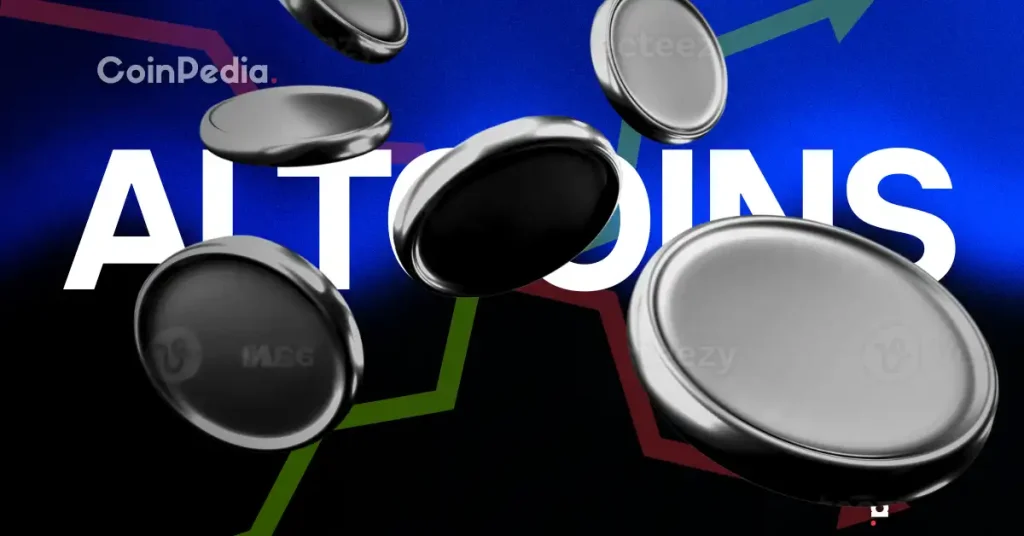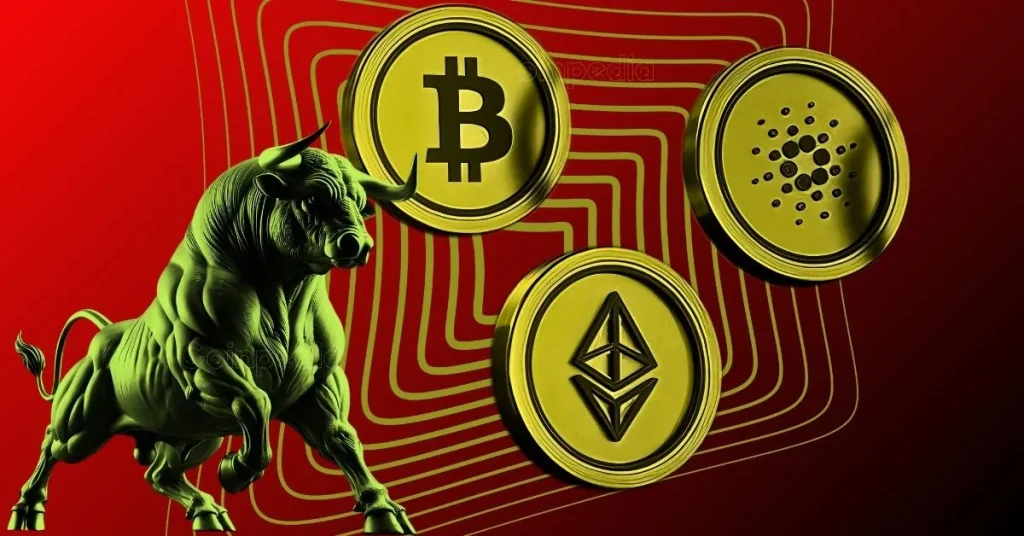Recently, the financial markets experienced significant unrest due to a fabricated resignation letter attributed to Federal Reserve Chair Jerome Powell. This letter, generated using artificial intelligence, quickly gained traction, leading to a surprising boost in Bitcoin values, which skyrocketed to an unprecedented $120,000. The detailed nature of the letter, particularly its seal, points towards its AI origins, as these technologies often falter in accurately recreating official logos and designs. This incident is part of a larger narrative, as former President Trump seems impatient for Powell to exit, unwilling to wait several more months. What challenges lie ahead?
What Initializes Financial Turbulence?
The AI-produced letter contained numerous perplexing elements, with its content morphing into abstract, incomprehensible shapes. Such AI-created imagery, detached from authenticity, underscores the current limitations of artificial intelligence in replicating genuine documents. This presents an opportunity to evaluate the expanding influence and potential pitfalls of AI across different sectors.
Could Powell Step Down?
Weekly rumors suggest Powell might resign, fueled by influential personalities’ endorsements. Stories relating to Federal Reserve building renovations, shared by Representative Luna, have even sparked a Department of Justice investigation request, spotlighting the intense pressure and scrutiny on individuals in high-profile roles.
Simultaneously, Powell faces persistent criticism from Trump, who continually deems him “inept” amid unabated calls for reduced interest rates. This dissatisfaction highlights the possibility of tension-stricken relations influencing national financial strategies, despite macroeconomic indicators presenting a different picture.
Further complicating matters are accusations of corruption within renovation undertakings. Speculative dialogues regarding potential dismissals underline the chaotic political climate surrounding Powell’s position. Within mere weeks, he has encountered intensifying difficulties that reveal the inherent complexities of such leadership roles.
– Trump’s calls for Powell’s resignation intensify amidst marketing confusion.
– Speculation and misinformation impact financial markets unpredictably.
– The intertwining of political and economic issues complicates policy decisions.
This scenario suggests that Trump’s dissatisfaction with stagnant interest rates is putting further strain on the economy. With potential tariff hikes on the horizon, the likelihood of interest rate reductions in upcoming months diminishes. This demonstrates how interconnected political and economic elements can influence national policy decisions.
Ultimately, Trump’s inclination toward removing Powell is clear. However, his public statements often reflect unpredictability, reminiscent of his previous decisions. In the face of such uncertainty, Powell’s alternatives are limited: he can resign, await dismissal, or navigate the economic landscape until the next midterm elections in 2026.
Disclaimer: The information contained in this article does not constitute investment advice. Investors should be aware that cryptocurrencies carry high volatility and therefore risk, and should conduct their own research.
















 English (US)
English (US)